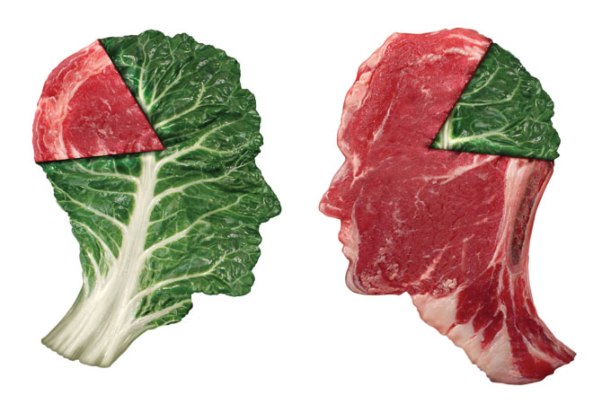Wow, talk about disappearing! Sorry for that. Truth is, end-of-semester time is relatively stressful, filled with finishing theses, projects, and taking classes to boot. Not that I am complaining, though! (well, maybe a tiny bit 😉 ) I’ll try to carve out more time in the next weeks for the blog anyhow, but it might be a bit quieter until June 6th – my thesis defense! Still, there is plenty of great content on the internet, so I will tend to share my study/writing break reads with you at the very least. Hope your May will be a little more relaxed! And happy May Day!
These are some of the things I have been reading lately:
Why Your Supermarket Only Sells 5 Kinds of Apples – And One Man’s Quest To Bring Back Hundreds More. A great piece on the intricacies of apple breeding and the virtue of diversity in our food crops. Also beautiful hand-made illustrations of different apple varieties. Favorite quote:
But don’t discount romance. The world is just a little bit more delightful when we get to experience apples with hundreds of different personalities.
In other news, European food safety regulations are again significantly different from America’s, leading to a ban on the import of apples with more than 0.1 parts per million of DPA (diphenylamine, a chemical that prevents browning) because there exists the potential for DPA to break down into a family of carcinogens. US apples, in the meantime, showed significant DPA residues in 80% of a recent USDA sample, and to have an average of 0.42 ppm, 4 times the new EU limit. Many varieties are thus likely to be banned on the European market.
The World Health Organization warns (not for the first time) that we need to be more careful in our use of antibiotics if we don’t want to end up in a post-antibiotic era. According to the Atlantic article, “the [257 page] analysis of 114 countries is the most comprehensive global look at antimicrobial-drug resistance to date, and it found “very high” rates of resistant infections across all regions, including “alarming” rates in many parts of the world.” Direct citation from the WHO report:
The problem is so serious that it threatens the achievements of modern medicine. A post-antibiotic era—in which common infections and minor injuries can kill—far from being an apocalyptic fantasy, is instead a very real possibility for the twenty-first century.
Scary.
Additionally, a recent NYTimes article (“The Fat Drug“) inquires whether growth-promoting antibiotics for livestock could be partially responsible for the obesity crisis through having a similar effect on humans as on animals. A rather curious, though fascinating, thesis (disturbing, too: apparently, in the 1950s, experiments were carried out on Guatemalan schoolchildren to see whether penicillin could make them grow faster), but the article also provides a great summary of the history behind using antibiotics in animal production.

And particularly relevant to my thesis topic: 4 Quadrillion Calories Added. Researchers from the University of Minnesota reevaluated crop use in the world. Their conclusion:
They estimated that a shift from crops destined for animal feed and industrial uses toward human food could hypothetically increase available calories by 70 percent and feed another 4 billion people each year.
That’s it from my side! Hope you have a beautiful springtime right now! I’ll dig myself out from thesising soon, big promise <3


Great to find another vegetarian blogger. Interesting reading.
Thanks, and welcome to the blog! I hope you will contribute more comments in the future!